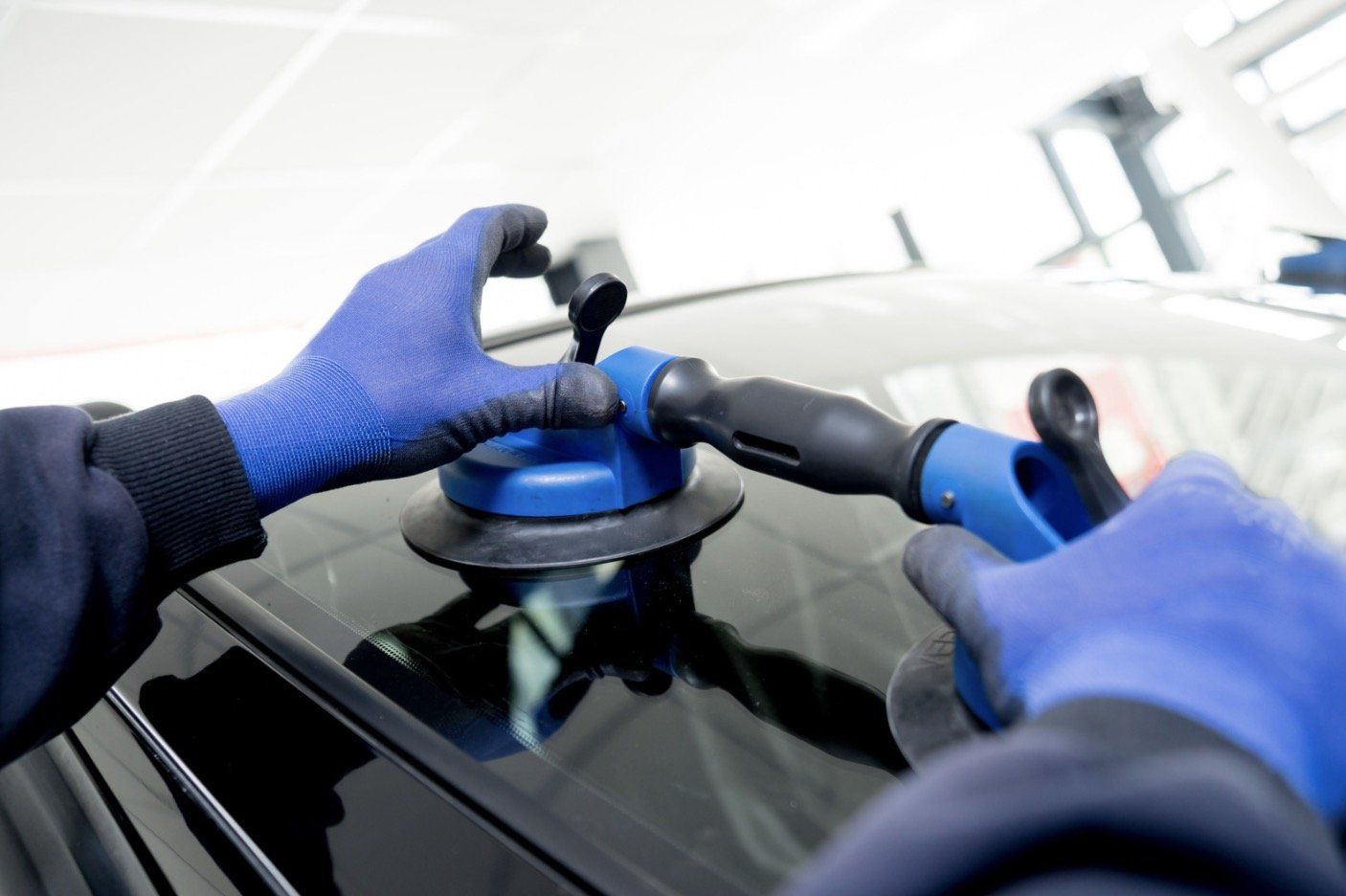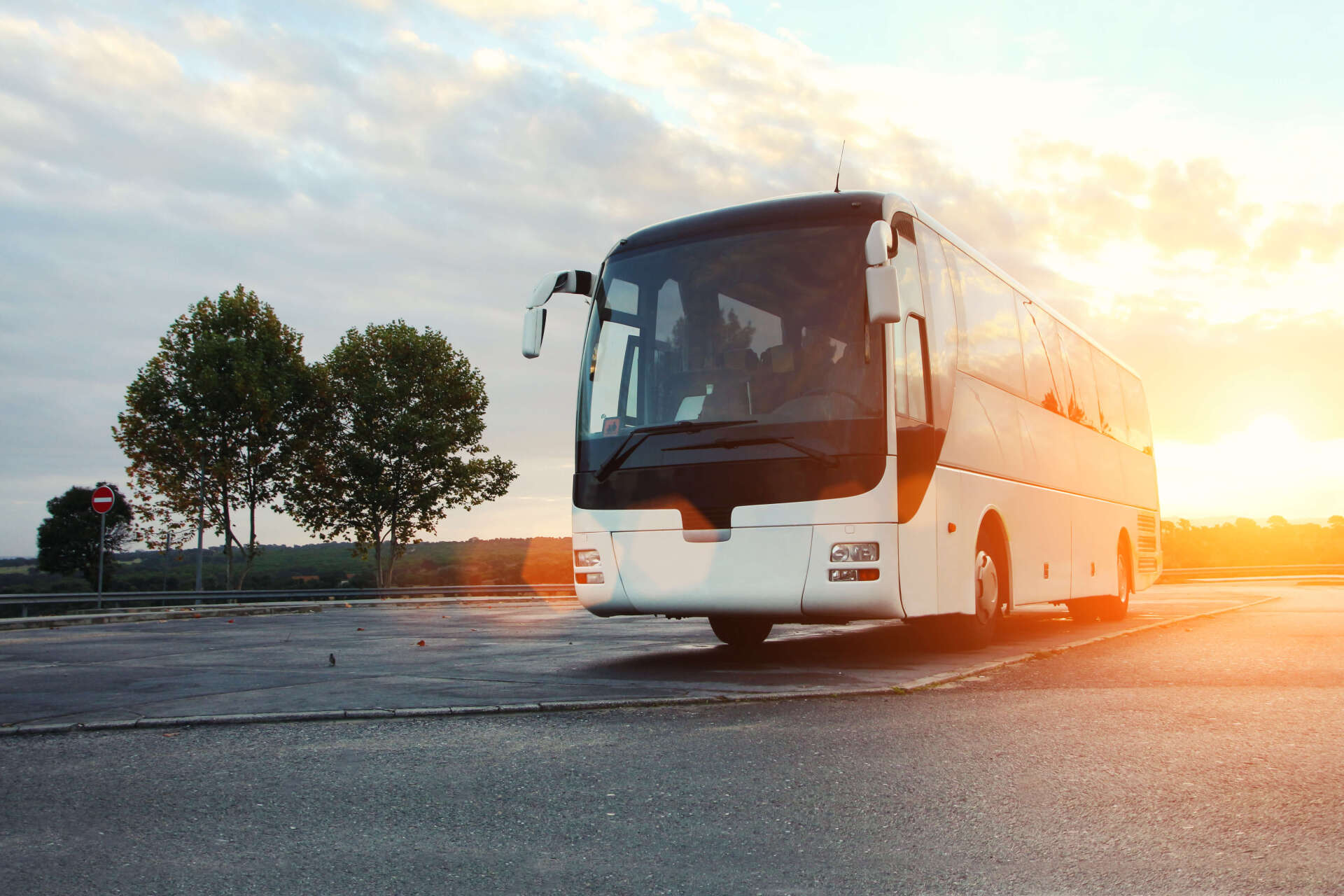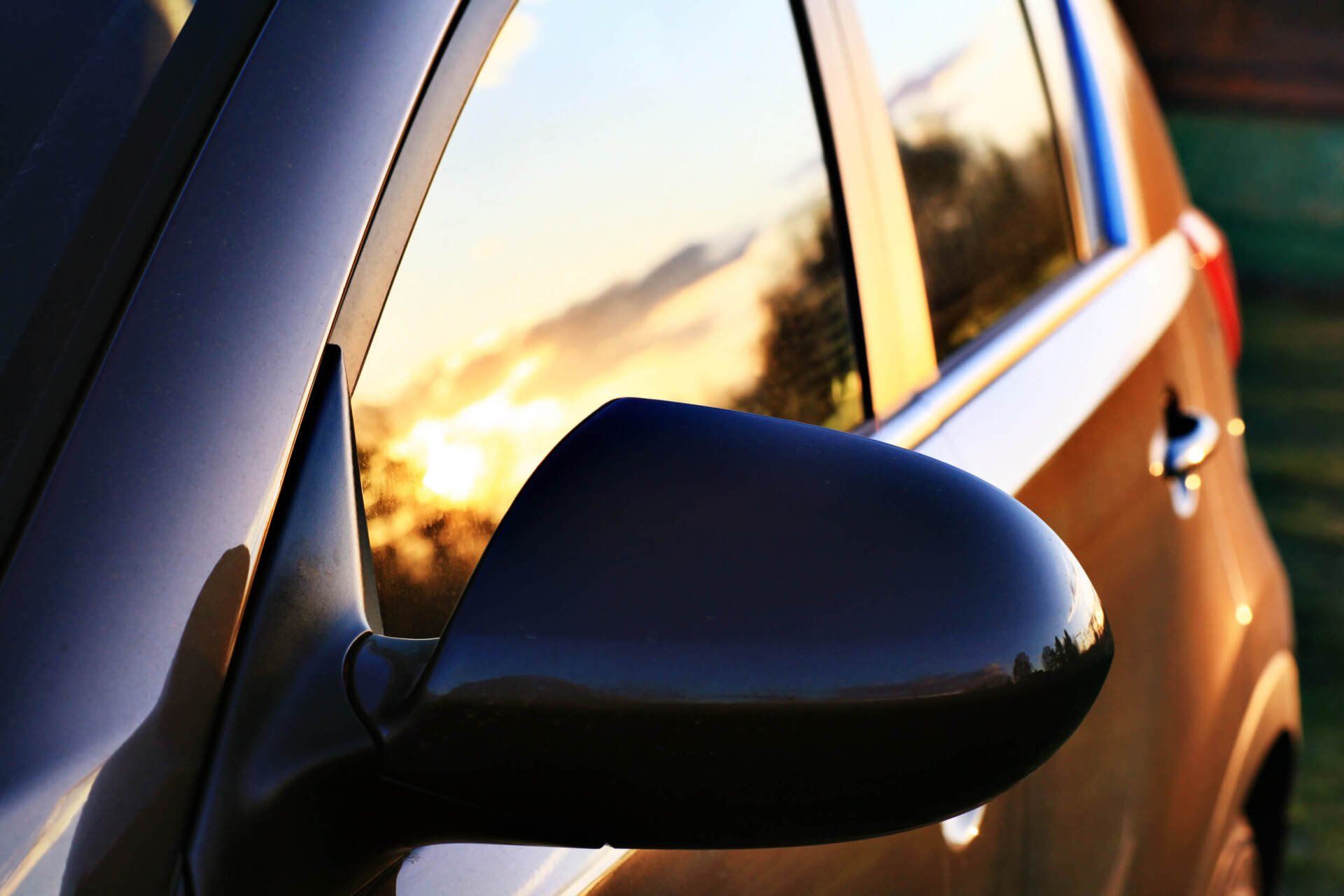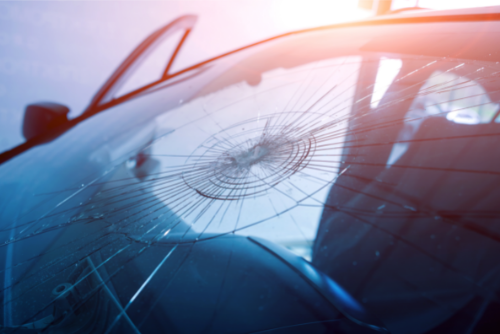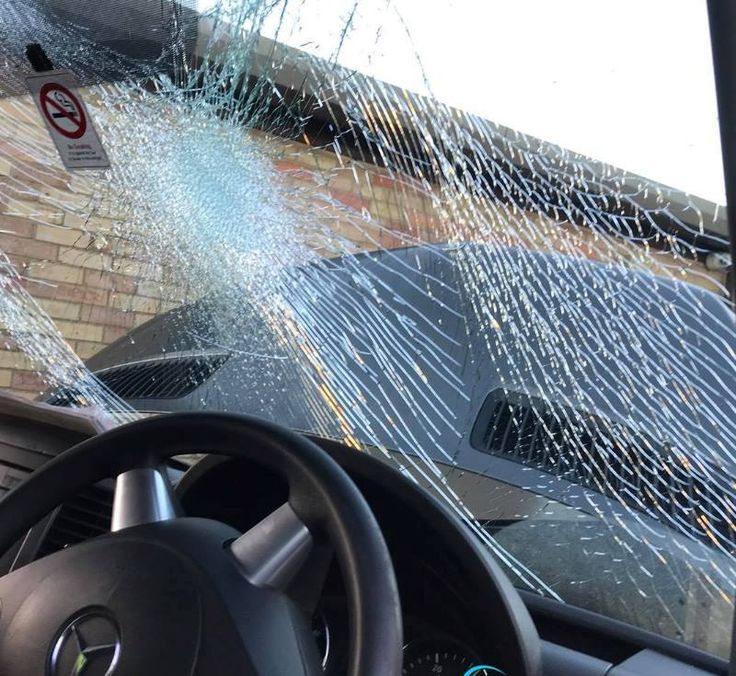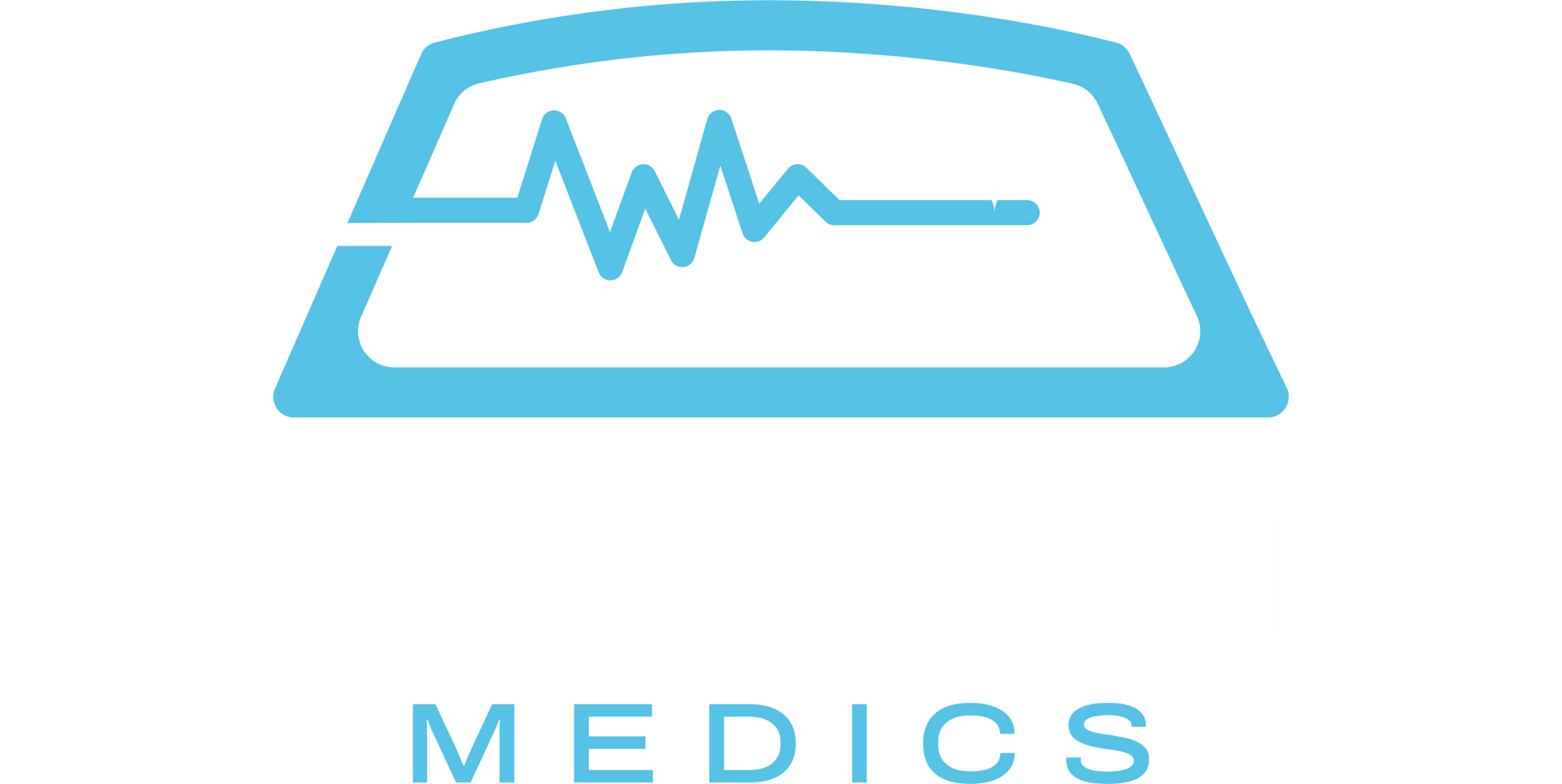Windscreen Damage in Teslas and Other EVs: A Guide for Australian Drivers
Electric vehicles (EVs) are becoming an increasingly popular choice among Australian drivers, with brands such as Tesla, Polestar, Hyundai, and BYD leading the charge. However, as the technology inside these vehicles becomes more advanced, so do the complexities involved in their maintenance, particularly when it comes to windscreen repair and replacement.
Whether it’s a minor chip or a severe crack, windscreen damage in an EV is never just about the glass. It affects safety systems, structural performance, and your vehicle’s compliance with roadworthy standards. This guide will walk Australian EV drivers through everything they need to know about managing windscreen damage the right way.
Understanding EV Windscreens: More Than Just Glass
Unlike traditional cars, electric vehicle (EV) windscreens are often integrated with advanced technology. Tesla, for example, incorporates key components such as forward-facing cameras, rain sensors, and even thermal protection directly into the glass itself. These systems support features such as autopilot, lane assistance, and emergency braking, meaning a damaged windscreen can directly impact your vehicle’s safety functions.
Additionally, due to the rigid structure of many electric vehicles (EVs) and their battery placement, windscreen damage may be more likely to spread under structural stress. This makes timely, professional inspection even more essential.
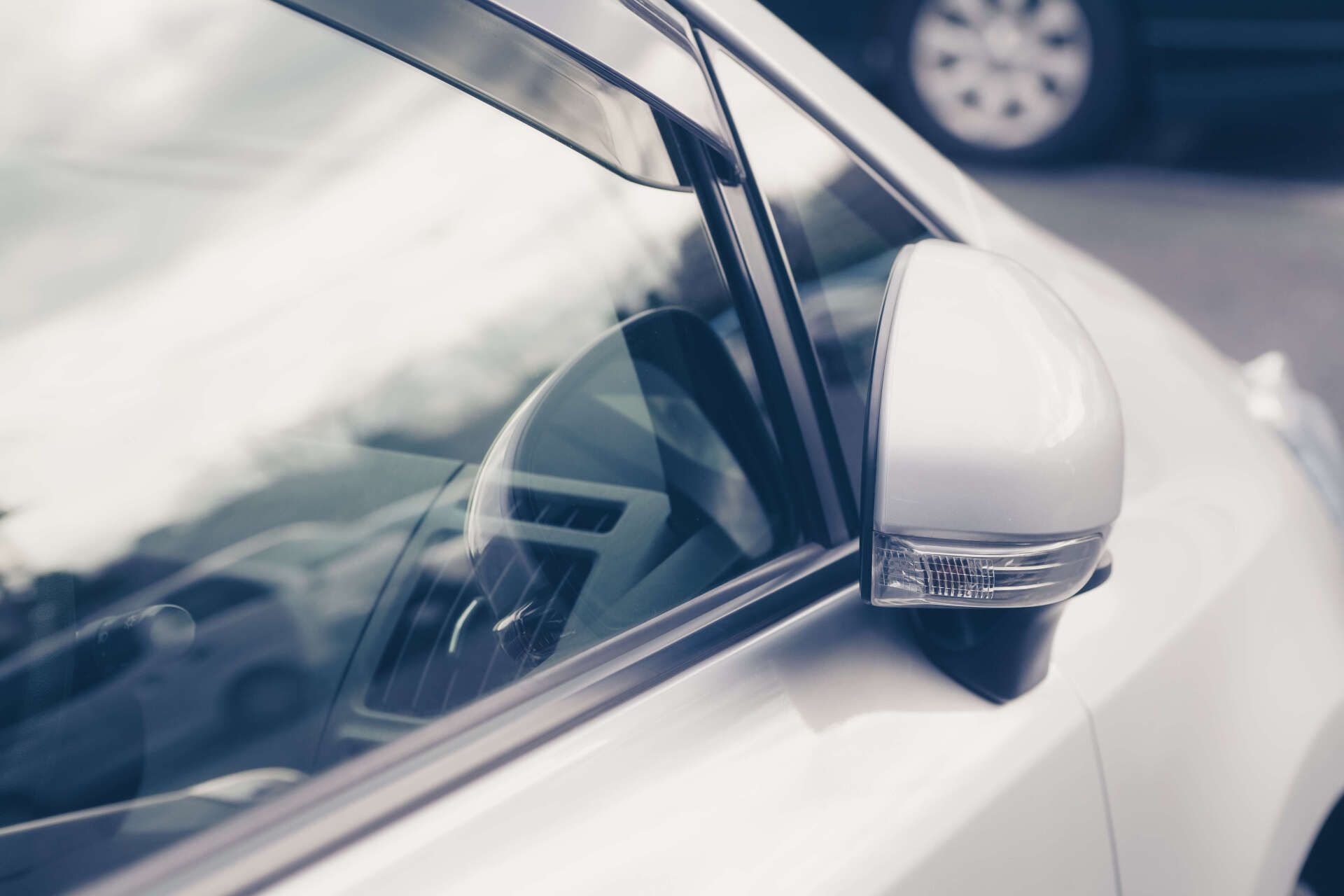
What Causes Windscreen Damage in Australian EVs?
Australian roads are diverse and often harsh, from coastal salt exposure to inland gravel highways. These conditions can easily contribute to EV windscreen issues. Common causes include loose rocks dislodged by road trains, sudden weather changes, and thermal stress from Australia’s intense sun.
Interestingly, even a small chip in an EV's windscreen can escalate more quickly than in conventional vehicles. This is partly due to the increased rigidity of EV frames, which place more pressure on the glass. That’s why Australian EV owners are encouraged to get chips repaired immediately, especially if they’re near embedded sensors or cameras.
Repair or Replace? How to Know What Your EV Needs
In some cases, minor chips can be safely repaired without a full replacement. But not all damage is created equal, particularly in electric vehicles. If the damage is small, isolated, and away from critical systems like cameras or heating elements, a qualified technician may be able to perform a precision repair. However, if the crack is located in the driver’s field of vision or if the integrity of the glass is compromised, replacement is usually required.
For Teslas and other electric vehicles (EVs), this decision must also account for recalibrating safety systems. A poor-quality repair may result in malfunctioning ADAS (Advanced Driver Assistance Systems), which can affect features such as adaptive cruise control and lane-keeping. That’s why EV windscreen work should always be handled by a specialist trained in recalibrating these systems post-repair.
The Importance of ADAS Recalibration After Windscreen Replacement
Most modern electric vehicles (EVs) rely on advanced driver assistance systems (ADAS) technologies that are often integrated into or mounted directly behind the windshield. After a windscreen replacement, these systems must be recalibrated to ensure they function correctly.
Failure to recalibrate can result in incorrect sensor readings, false alerts, or the failure of crucial systems, such as emergency braking. In Australia, this could also lead to roadworthiness issues or insurance complications. For this reason, recalibration is not optional; it’s a vital part of the replacement process.
There are two types of calibration: static, which is performed in a controlled environment using specialised equipment, and dynamic, which involves on-road testing. Your service provider should be able to advise what is needed based on your EV make and model.
Choosing the Right Windscreen Service for EVs in Australia
Australia’s unique environment, along with the complexity of electric vehicles, means you should never take chances with windscreen repairs. Not all auto glass technicians are qualified to work on electric vehicles (EVs), and even fewer possess the necessary tools and training for recalibrating Advanced Driver Assistance Systems (ADAS).
Here’s what you should look for when selecting a provider:
- EV experience: Choose a service that specialises in electric vehicles and understands their high-voltage systems.
- Calibration capability: Ensure they offer ADAS recalibration using manufacturer-approved equipment.
- OEM-grade materials: Only original or equivalent-quality glass should be used to maintain safety and compliance.
- Mobile service: For added convenience, look for providers that offer mobile repairs throughout your region.
Warranty and compliance: Repairs should be accompanied by warranty coverage and documentation that supports insurance claims and roadworthy checks.
Final Thoughts: Choose Windscreen Medics for EV-Ready Auto Glass Services
As an Australian EV owner, your windscreen plays a crucial role not just in visibility but also in the operation of your car’s advanced safety systems. Whether you drive a Tesla, Polestar, Hyundai IONIQ, or any other electric vehicle, windscreen damage must be taken seriously and handled by professionals with expertise in EVs.
At Windscreen Medics, we specialise in EV windscreen repair and replacement, side and rear window servicing, and premium window tinting, all backed by Australian safety standards. Our technicians are trained in handling advanced driver systems and are fully equipped to recalibrate your EV’s ADAS for peace of mind.
Contact Windscreen Medics today to book an appointment and keep your electric vehicle safe, compliant, and performing at its best, wherever you drive in Australia.
Categories
Auto Glass Experts

